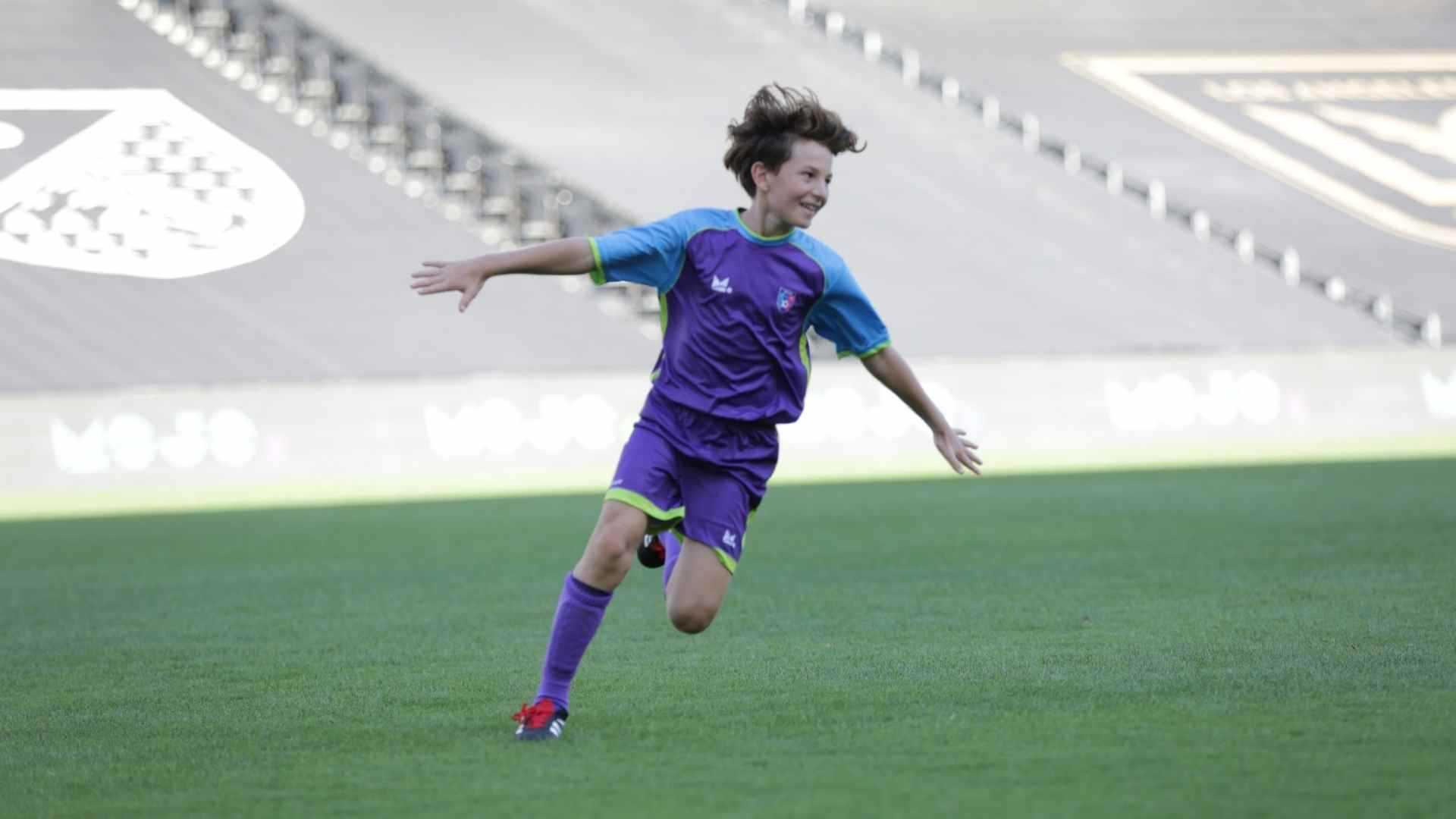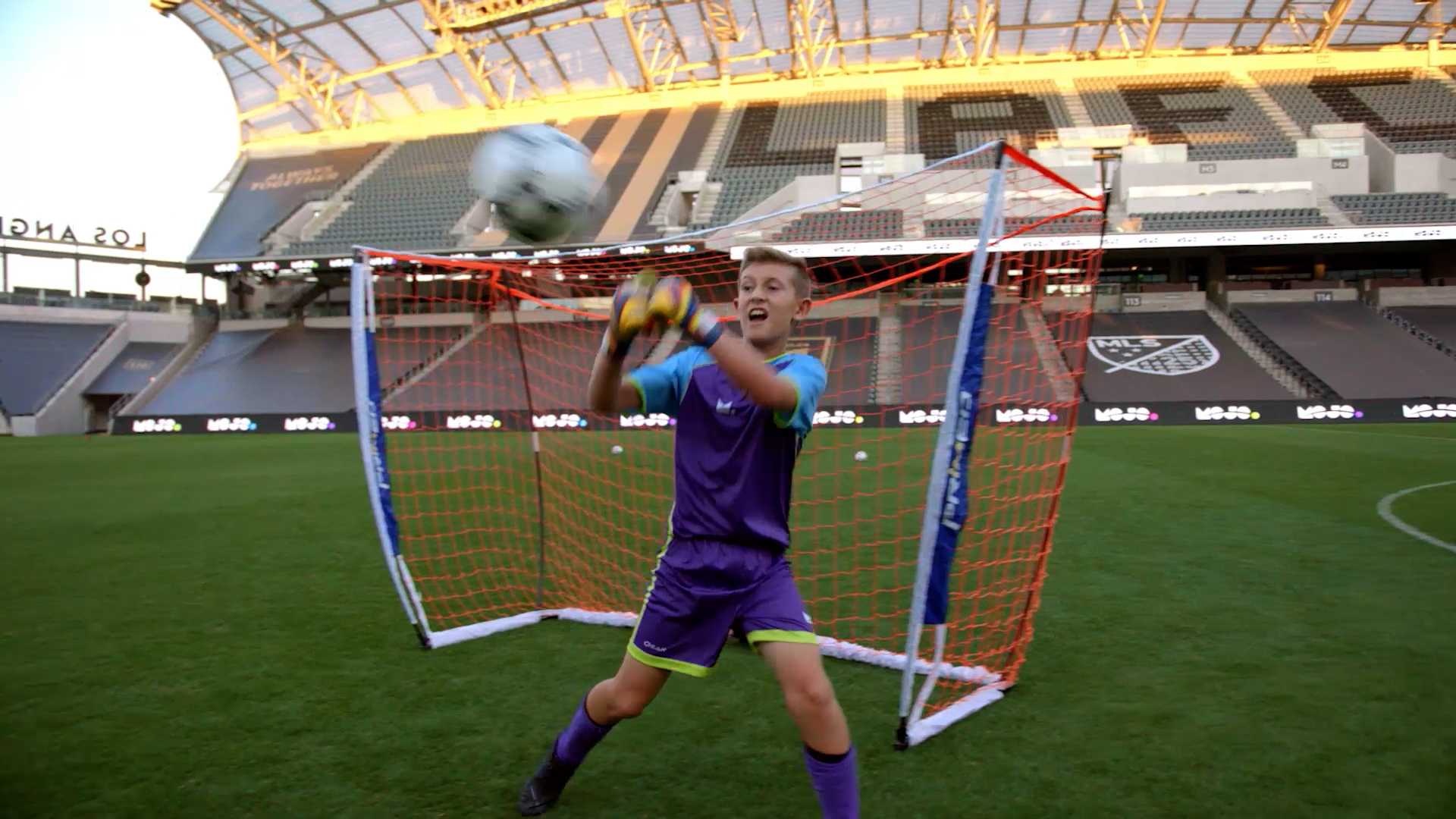Dribbling in Tight Spaces
Even the biggest soccer field can feel small when there’s a defender on your case — that’s why we work on dribbling in tight spaces
Team MOJO
| 1 min watch
As a soccer player, one of the first skills you learn is how to dribble a ball, but there’s so much more to soccer dribbling than meets the eye. While it may seem like one of the most basic soccer skills, dribbling can take many forms, whether it’s breaking away from a defender with big touches to attack a goal, or using different parts of the foot to dribble depending on the situation.
Here, we’re focusing on dribbling in tight spaces, or dribbling under pressure from an opponent. When a soccer player is under pressure, they have limited time or space. Limited time means a defender is closing in, while limited space might mean the defender is already there.
Shielding the ball
In situations where a defender is already there, ball control is extremely important, so the player with the ball must keep it close to protect it and maintain possession. The most common dribbling technique to do this is shielding the ball. When shielding, the dribbler uses the sole of the foot to move the ball away from a defender, keeping the soccer ball on the outside foot, away from their opponent.
Meanwhile, the dribbler keeps their arm closest to the defender up, like an actual shield, to help put even more distance between the defender and the ball. Shielding can take many years to learn and master. Often, it’s a way for an attacking player to maintain control of the ball until a teammate arrives, so they can pass the ball to safety.
Dribbling past a defender
Another form of dribbling in tight spaces is navigating through trouble, such as when a defender is approaching or closing in. In these situations, the dribbler won’t always have a teammate nearby to receive a pass.
Instead, they should look for open space to move the ball to safety, and dribble as fast as possible with the head up to get there, using small touches to get around the opponent and bigger touches to explode away.
A good rule of thumb is the hula hoop rule: try to keep the ball within a hula hoop’s distance of the body. A defender will have a harder time stealing the ball from such close range (though a well-executed poke tackle may do the trick).
Using soccer moves to fake out a defender
Of course, a crafty and skilled player can also work some fancy soccer moves into the mix. A well-timed fake, like a step over or Cruyff turn can help a dribbler change direction to navigate around a defender, while keeping the ball close to the body. Don’t underestimate a pullback, either.
It’s always helpful to have one or more move to turn to in a pinch. Whether it’s simple or fancy, it’s all about getting away from trouble while keeping the ball close. Master that, and defenders don’t stand a chance.




